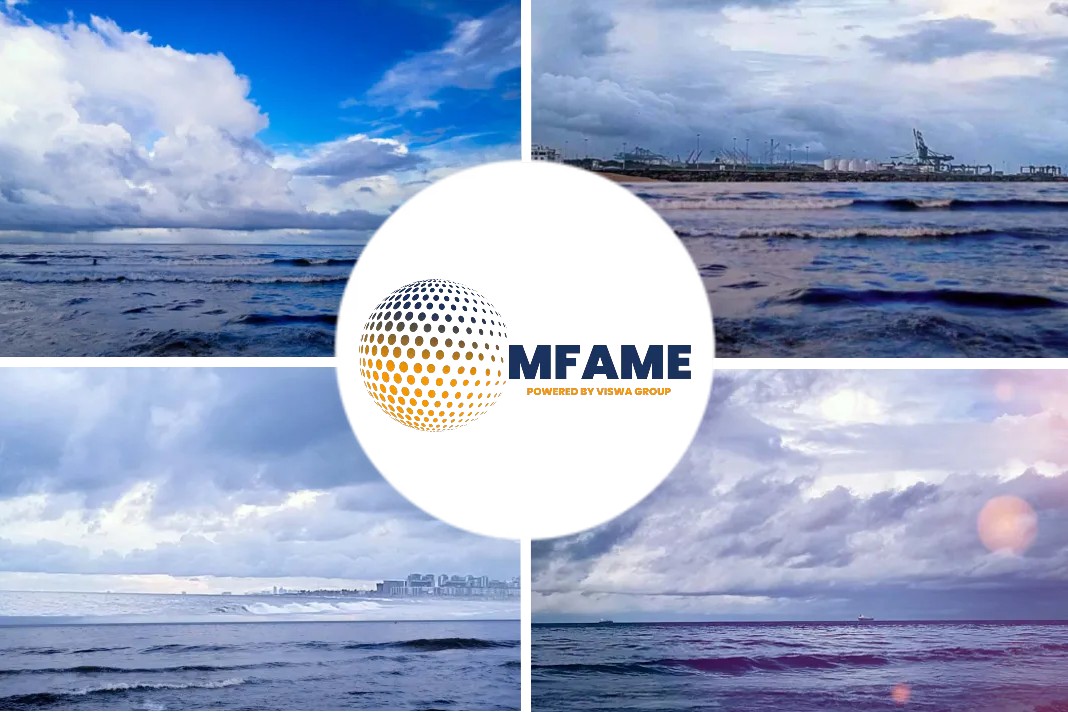A World War II shipwreck is still leaking explosives and other toxic elements into the ocean floor of the North Sea more than 80 years after it was sunk. The wreck’s hazardous pollutants continue to impact nearby marine microbiology, as well as the geochemistry of the seafloor, according to new research published in the journal Frontiers in Marine Science.
Ghost Of the Past
The wreck of the V-1302 John Mahn rests in the Belgian part of the North Sea, just one of thousands of ship and aircraft wrecks located along the seabed. The ship first served as a German fishing trawler and was requisitioned by the German Navy during World War II as a patrol boat. Six British Royal Air Force Hawker Hurricane aircraft patrolling the Belgian coast attacked the ship on February 12, 1942. Two aerial bombs struck the ship, causing it to sink rapidly. The strike claimed the lives of 11 sailors and carried the ship’s cargo — munitions and coal reserves — to the bottom of the sea.
A group of researchers began studying the potential impact of the shipwreck as part of the North Sea Wrecks project. The study’s researchers estimate that, across the world’s oceans, shipwrecks from both world wars contain between 2.5 million and 20.4 million metric tons of petroleum products. The study team collected samples from the ship’s steel hull as well as the surrounding sediment. Researchers also gathered samples at a series of increasing distances from the ship in different directions to see how far pollution stretched.
Toxic Chemicals
The samples revealed heavy metals such as nickel and copper as well as arsenic and explosive compounds. Polycyclic aromatic hydrocarbons, or PAHs, which are chemicals that naturally occur in gasoline, coal and crude oil, were also found.
The team uncovered the highest concentration of metals closest to the ship’s coal bunker, but it was also present in sediment that was deposited in the wake of the wreck. The samples with the most concentrated chemicals were also located close to the ship.
The sulfate-reducing bacteria Desulfobulbia was also identified in samples taken from the hull, which is likely responsible for its corrosion.
Impact On Marine Life
“Shipwrecks may become more dangerous to the environment as they age because corrosion can open up once enclosed spaces — which means their environmental impact continues to evolve,” Van Landuyt said. In addition to wrecks, the North Sea contains up to 1.6 million metric tons of ammunition like shells and bombs dumped after each world war ended.
These explosives, as well as other chemical warfare agents, can be toxic to marine life. Petroleum products are also known to impact the growth, reproduction, feeding and tissues of marine organisms, according to the study. The study only contained an analysis of the V-1302 John Mahn shipwreck, but the researchers emphasized more shipwrecks in a variety of locations need to be sampled to have a better overview of their impact on the North Sea. Van Landuyt was surprised by just how many wrecks, including those that are almost intact, can be found there.
Did you subscribe to our Newsletter?
It’s Free! Click here to Subscribe.
Source: EditionCNN






















